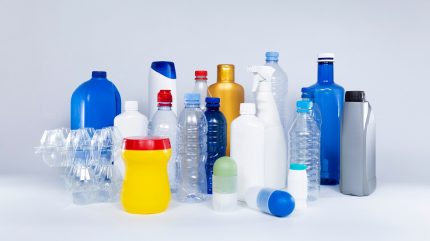
The Association of Plastic Recyclers (APR) has revised its guidelines related to recyclability classification and stance on degradable additives, nutrients, and supplements within the packaging sector.
These components are now classified under the ‘Renders the Package Non-Recyclable’ category in the APR Design Guide for Plastics Recyclability.
This change reflects the inability of several material recovery facilities (MRFs) or reclaimers to process these features effectively.
Degradable additives, nutrients, or supplements interfere with the recycling process, as they cannot be adequately detected and separated using current technologies.
This results in compromised quality and yield of post-consumer recycled resin (PCR), which is essential for maintaining a sustainable recycling ecosystem.
APR’s update is informed by independent research and aims to harmonise with other non-governmental organisations and stakeholders in the recycling and circular economy sectors.
APR president and CEO Steve Alexander said: “This change in categorisation is based on research and reports published by independent research groups and better aligns APR with other NGOs [nongovernmental organisations] in the recycling and circularity space as well as international manufacturers and retailers.
“This update clearly reflects APR’s mission to improve all aspects of the plastics recycling process and protects the quality and yield of the PCR stream.”
The non-recyclable category encompasses various degradable materials that are not certified compostable.
This includes bioassimilating, oxo-degradable, oxo-biodegradable, enzymatic, anaerobic, and photodegradable materials.
These substances are intended to accelerate degradation but are not suitable for traditional recycling processes.
Non-profit organisation RecyClass’ chair Paolo Glerean said: “The latest updates to the APR Design Guide are a positive move toward global harmonisation of recyclability principles.”
Aligning recommendations on different packaging features, especially those with a negative impact on recycling, is essential for boosting widespread, circular innovation of plastic materials.
The APR advises companies to be cautious when labelling containers with degradable additives as both degradable and recyclable.
The non-profit organisation recommend consulting the Federal Trade Commission Green Guides, US state laws, and European directives to ensure compliance and support the overarching goals of the plastic recycling process.



